Love gardening? Then, it’s time to add a touch of the tropics to your green space! Birds of paradise are striking tropical plants with vibrant, banana-like leaves. They will surely add a touch of exotic beauty to your outdoor space.
Now you may be thinking: a tropical plant in this weather? When you think of a beautiful garden with flowers, the bird of paradise may not be the first thing that comes to mind. You may already have plenty of roses, lilies, daisies, or even dianthus. But birds of paradise flowers can be like a showstopper for your garden.
The birds of paradise are lush green with vibrant flowers that will make you feel like you’re on vacation on a tropical island! And don’t worry about their maintenance. With a little TLC, these plants will thrive in your garden.
Whether you’re a seasoned gardener or just a plant enthusiast, this bird of paradise plant care guide will equip you with essential care and growth tips. We’ll also talk about the right soil, temperature, water, and light requirements for this plant, along with the pests to look out for.
Let’s get digging!
Understanding Bird of Paradise
These plants hail from the rainforests of South Africa, which means they love warmth, sunlight, and humidity. But why exactly are they named “birds of paradise”?
The story goes that the plant was discovered by European explorers in the late 18th century. The explorers were so captivated by the vibrant colors that they named it in honor of the legendary birds of paradise, beautiful bird species found in Indonesian and Papua New Guinean forests.
The plant is native to the coastal regions of South Africa, particularly in the eastern and southern parts of the country. It grows naturally in subtropical and tropical climates, often near riverbanks and humid coastal areas. Birds of paradise flowers have cultural significance, too. They are associated with beauty and freedom. The plant also finds a mention in indigenous folklore and art. In modern times, people ink flower tattoos to symbolize happiness, purity, and joy.
Types of Bird of Paradise
If you hear the word Strelitzia, don’t get confused! It’s the scientific name of the plant. Initially, Strelitzia, or birds of paradise plants, were primarily cultivated in botanical gardens and conservatories. However, as their popularity grew, they began to be cultivated by enthusiasts all over the world. They have now evolved into ornamental plants with different varieties:
Strelitzia Reginae
This is the most well-known and widely cultivated Bird of Paradise species.
Strelitzia Nicolai
These plants are larger than S. Reginae and can grow up to 30 feet tall.
Strelitzia Juncea
This species has unique, narrow, reed-like leaves without the typical broad leaf blades.
Strelitzia Caudata
Strelitzia caudata is commonly known as the mountain strelitzia or the wild banana. It’s predominantly found in the mountains of Zimbabwe.
Strelitzia Alba
This species produces white bird of paradise flowers.
Essential Bird of Paradise Plant Care
Growing something new in the garden is always challenging. It’s not as simple as planting the seed and watering daily. Since the bird of paradise is a tropical plant, it requires special attention, at least at the time of planting. You’ll have to account for several factors, such as the right soil, fertilizer, light, and temperature.
With these tips, these vibrant beauties will be a joy to nurture.
Light
Birds of paradise thrive indoors as well because they do not require much light. Unlike sunflowers, they need indirect sunlight, so you can place them near a window with filtered sunlight. However, you’ll need to ensure they’re shielded from harsh, direct sun rays that can scorch their leaves.
You’ll need to find a balance. If your bird of paradise plant receives insufficient light, it may produce fewer blooms. On the other hand, too much direct sunlight can cause leaf burn and hinder its growth.
If your bird of paradise is in a flowerpot, make sure to rotate it periodically so it receives even exposure to light on all sides. You’ll also need to monitor its response to light conditions. If it’s leaning or stretching toward the light source, it may be craving more brightness. Conversely, if you notice browning or yellowing leaves, it might be getting too much direct sunlight. Remember: adequate light is the foundation for vibrant foliage and potential flowering.
Soil
The right soil mix is essential for the well-being of your bird of paradise. Buy a well-draining potting mix that allows excess water to escape easily. A blend of standard potting soil, perlite or sand, and a bit of orchid bark is an excellent choice. This combination ensures that the soil retains just enough moisture without becoming soggy.
Plant your bird of paradise in a flowerpot with drainage holes at the bottom. This prevents water from accumulating at the roots and reduces the risk of root rot. You may need to repot into larger containers if the bird of paradise plant starts outgrowing the current pot. When you start noticing the plant becoming root-bound or outpacing its container’s size, it may be time for repotting.
You may also need to refresh the soil to keep the plant healthy. Look out for the soil condition. If you notice it becoming compacted or taking too long to dry out between waterings, it might be time to refresh. Repotting every 2–3 years or as needed can help ensure optimal soil conditions.
Water
Proper watering is a critical aspect of bird of paradise plant care. These unique plants have specific water requirements to thrive. The main thing to understand is that consistency is key. The soil should always be moist but not waterlogged. Water thoroughly if the topsoil feels dry to the touch. Be sure to allow excess water to drain away from the pot. Don’t let the plant sit in standing water, as this can lead to root rot.
You’ll need to adjust the watering routine with the seasons. Spring and summer seasons are active growing season. During this time, you’ll need to water more frequently. Reduce watering in the fall and winter. In fact, you’ll need to let the soil dry out a bit to let the excess moisture escape. If you have a dry indoor environment, then you should mist the leaves regularly or use a humidity tray to maintain adequate moisture.
Remember that it’s better to err on the side of slightly underwatering your bird of paradise. They are more tolerant of drying out than sitting in waterlogged soil.
Temperature and Humidity
Birds of paradise are warmth-loving plants. They thrive in warm temperatures. The ideal temperature for their growth ranges between 65°F to 70°F (18°C to 24°C). Avoid temperatures below 50°F (10°C). This can cause damage to the plant. You’ll also need to shield your bird of paradise from cold drafts, especially during winter. If you’re growing a white bird of paradise indoors, then avoid placing it near doors or windows with drafts. Sudden temperature drops can stress the plant and lead to leaf damage.
When it comes to maintaining humidity, you’ll need a level that resembles their tropical habitat. Bird of paradise plants appreciate moderate humidity levels. However, indoors can be dry, especially during the winter. You can increase humidity by misting the leaves regularly or placing a humidity tray near them.
Another trick to achieve optimal humidity is to group them with other houseplants. This way, you can create a microclimate with higher humidity levels.
With the right temperature range and humidity level, you’ll provide your bird of paradise with the ideal conditions for robust growth and lush, vibrant foliage.
Fertilizer
Feed your bird of paradise plants the right nutrients to maintain good growth. Here are some tips for fertilization:
- Use a balanced, water-soluble fertilizer. An N-P-K ratio of 10-10-10 or 20-20-20 is ideal.
- Fertilize the bird of paradise more frequently during the active growing season. This usually spans from spring through summer. Fertilize every 4-6 weeks during this time.
- Apply the diluted fertilizer directly to the soil, ensuring even coverage. Never apply the fertilizer on the leaves, as this can lead to leaf burn.
- Give it a rest during winter. During this time, you can stop fertilization altogether. This is the dormant season for birds of paradise, and their growth naturally slows down.
- For an organic option, use a slow-release organic fertilizer formulated for tropical plants. These provide a gradual release of nutrients and may require less frequent application.
- Remember, it’s better to under-fertilize than overdoing it.
Pruning and Propagation for Birds of Paradise
Growing your own white bird of paradise plants is cheaper than sowing new seeds. Luckily, you can propagate a white bird of paradise relatively quickly. Let’s break it down into steps.
Propagation
- Choose a mature plant with multiple stems or shoots.
- Carefully remove the plant from its pot and gently separate the individual shoots, ensuring each has some roots attached.
- Plant the separated shoots in their own pots with fresh potting mix. Make sure the roots are covered fully with soil.
- Water thoroughly after repotting.
- Maintain the same light, water, and humidity conditions as you would with mature plants.
Propagating bird of paradise with seeds
This is a less common method, but works the same way as propagating from mature plants. For this, you’ll need to collect fresh seeds from mature bird of paradise pods. To promote germination, submerge the seeds in room-temperature water for a duration of three days. Then, plant them 1 inch (2,5 cm) deep in a moistened potting mix. Lastly, place a plastic cover over the pot to preserve moisture and ensure the soil remains damp. Once the seedlings grow, transplant them into their own pots.
Pruning Birds of Paradise
Pruning your plants is like giving them a spa day — it promotes health, beauty, and vitality. Regularly inspect for any dead or yellowing leaves, as well as those with brown tips or spots. Trim these away with sharp scissors or pruning shears. This prevents diseases from spreading.
Pruning stimulates the production of fresh, vibrant leaves. If you notice that your plant has become top-heavy, prune the taller stems. This will encourage bushy growth.
Common Problems of Bird of Paradise Plant
These plants are generally hardy. However, they do encounter a few problems common to all plants. Recognizing and addressing these issues promptly can help keep your bird of paradise healthy and thriving. Here are some common problems to look out for:
Yellowing Leaves
Yellow leaves often mean overwatering or poor drainage. Make sure the pot has drainage holes. If you notice the soil looks moist for days, then avoid watering to let the soil dry out slightly.
Insufficient light or old age can also cause yellowing. Trimming regularly can improve the plant’s appearance.
Brown Leaf Tips
Brown tips are a sign of dryness. It’s a common problem for all indoor plants, especially during the winter. To counter this, you’ll need to increase humidity. Mist the plant regularly or use a humidifier.
Root Rot
Waterlogging causes root rot. If you suspect root rot, trim the affected roots and repot the plant in fresh soil.
Common Pests of Birds of Paradise
Bird of paradise plants can be susceptible to common houseplant pests. Inspect your plant regularly for these pests:
- Mealybugs: Mealybugs feed on plant sap and can stunt growth. Use an insecticide spray to get rid of them.
- Scale insects: Scale insects pierce plant tissue and suck out sap. Use neem oil to keep these pests away.
- Aphids: Aphids are small insects that can cause leaf distortion and honeydew secretion. Blast them off with a strong stream of water.
Fungal Diseases
Excessive humidity or overwatering can lead to fungal diseases like powdery mildew or leaf spot. Improve air circulation and reduce humidity levels if you suspect a fungal issue. Remove affected leaves and treat them with a fungicide if necessary.
How to Encourage Blooming of Birds of Paradise
The white bird of paradise plants don’t bloom continuously. They produce flowers sporadically throughout the year. So you need to be patient. Blooming essentially depends on these three factors:
- Adequate light
- Temperature control
- Maintaining humidity
Apart from this, you’ll need to prune regularly and repot whenever necessary. Also, minimize stress factors such as drafts, temperature fluctuations, or drastic changes in watering routines. A stressed plant may not bloom as readily.
Bird of Paradise Companion Plants
Carolina Jessamine
Hibiscus
Peruvian Lily
Asiatic Jasmine
Dwarf Sea Holly
Bougainvillaea
Sago Palm
Philodendrons
Bromeliads
FAQs for Maintaining Birds of Paradise Plants
Are Bird of Paradise Plants Toxic?
Strelitzia is considered mildly toxic to humans, dogs, and cats if ingested. The plant contains compounds that can cause gastrointestinal discomfort, including nausea and vomiting. Keep this plant out of reach of pets and children to prevent accidental ingestion.
Where to Plant Bird of Paradise?
This plant thrives both indoors and outdoors. The choice should depend on the climate of the available space. If you want to grow them indoors, then place them near a sunny window with indirect sunlight. Make sure the room is adequately heated during the colder months.
The plant thrives outdoors in a tropical climate. But don’t put them in direct sunlight.
Why is my Bird of Paradise Plant Not Flowering?
Insufficient lighting is the main reason for a lack of blooming. Ensure your plant receives adequate light. Prune and fertilize the plant regularly to promote foliage growth.
Also, remember that young plants may take several years to mature before producing flowers. Be patient; it’s normal for younger specimens not to bloom.
Are Bird of Paradise Easy to Care For?
Sterlitizia is generally considered moderate in terms of care requirements. These plants are not high-maintenance but do have specific needs. They thrive when given the right balance of light, water, temperature, and humidity. With proper care, they can be a relatively easy plant to grow, making them suitable for both experienced and novice gardeners.
What Month Does Bird of Paradise Bloom?
Summer months. However, the exact timing varies depending on the Strelitzia species and growing conditions. You can generally expect their striking, bird-like flowers to appear during summer when they receive ample light.
How Long Does a Bird of Paradise Live?
With the right care, a bird of paradise plant can live for several decades. In ideal conditions, both indoor and outdoor varieties can thrive for 20 to 40 years or even longer.

 Dark Mode
Dark Mode 

 No fees, cancel anytime
No fees, cancel anytime 






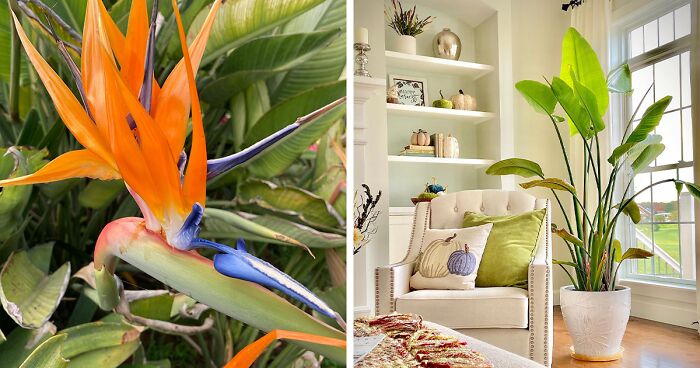
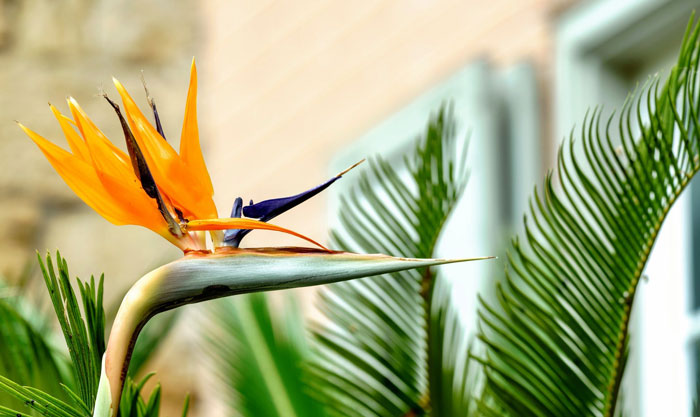
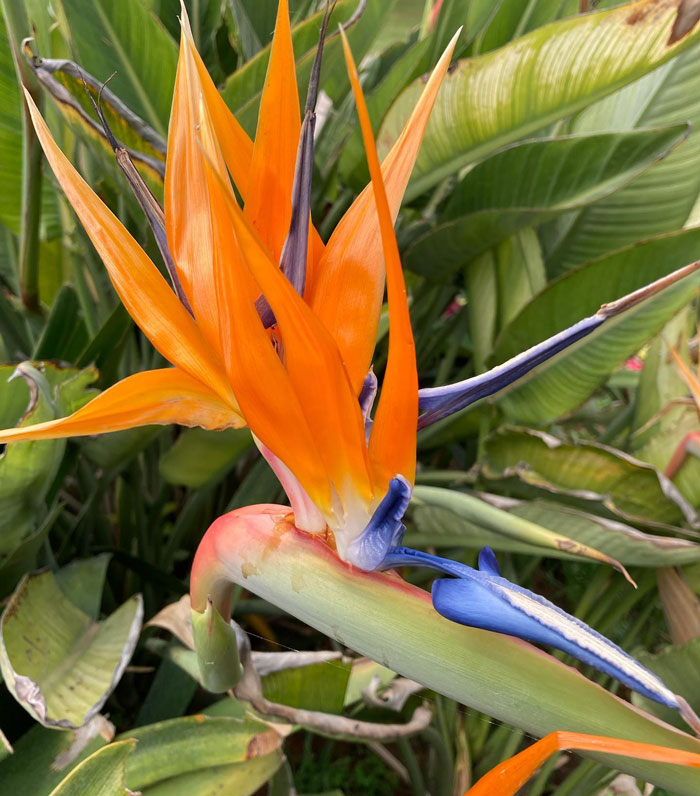 Image credits:
Image credits: 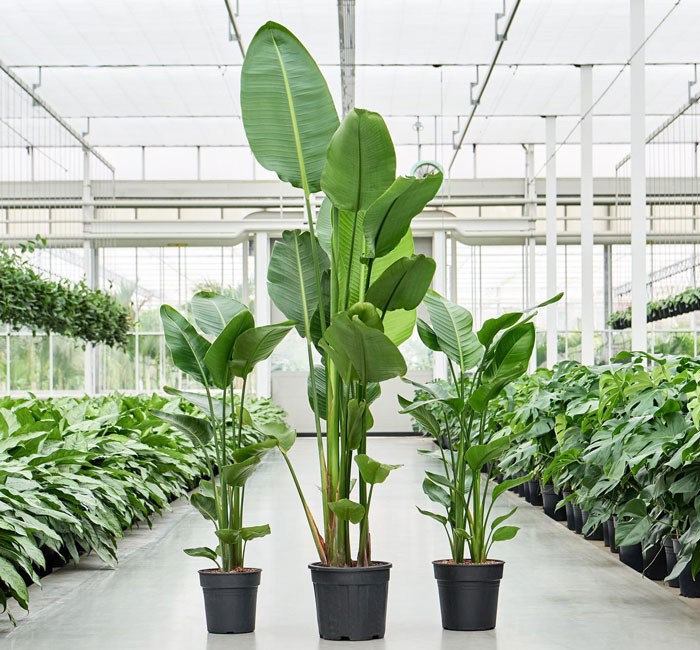 Image credits:
Image credits: 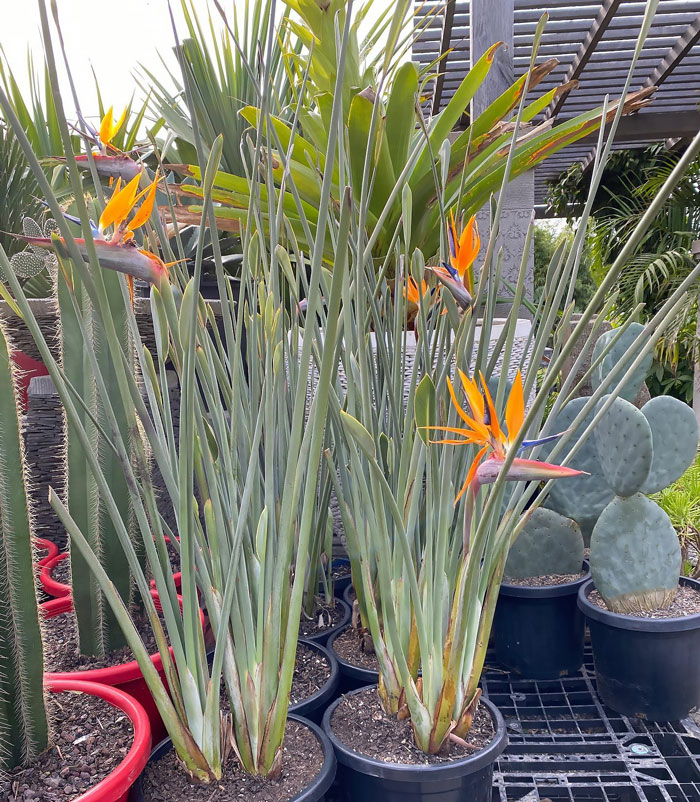 Image credits:
Image credits: 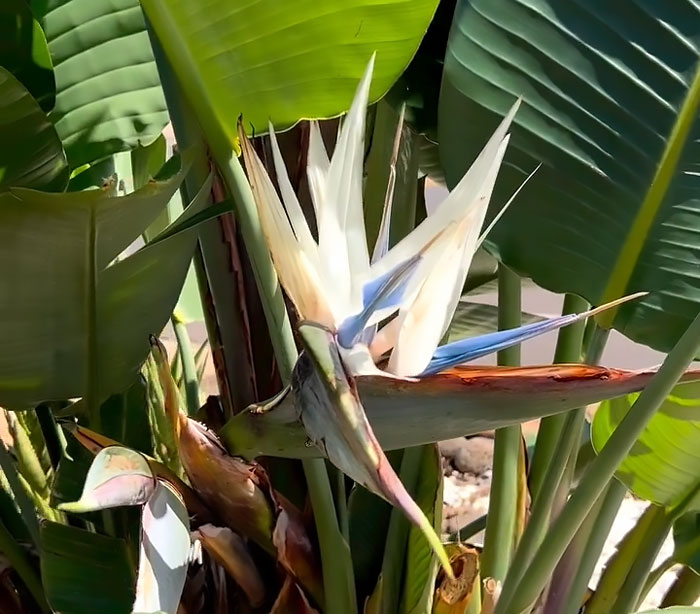
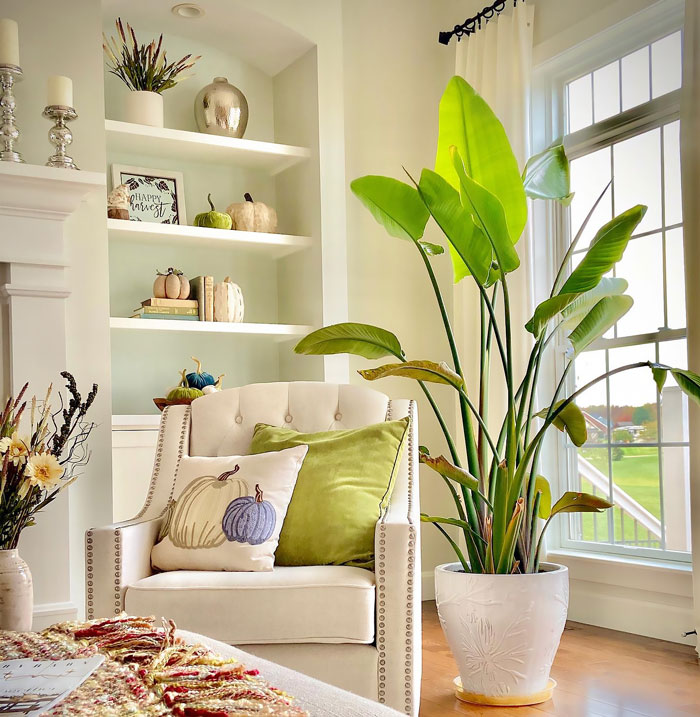
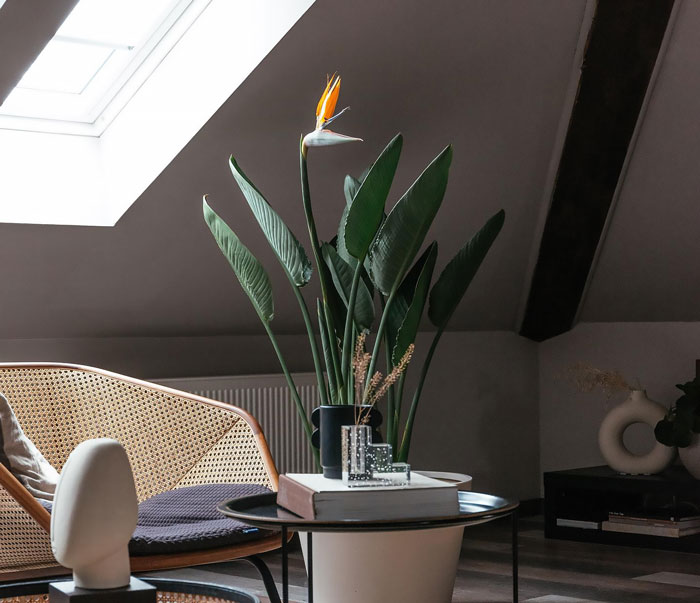 Image credits:
Image credits: 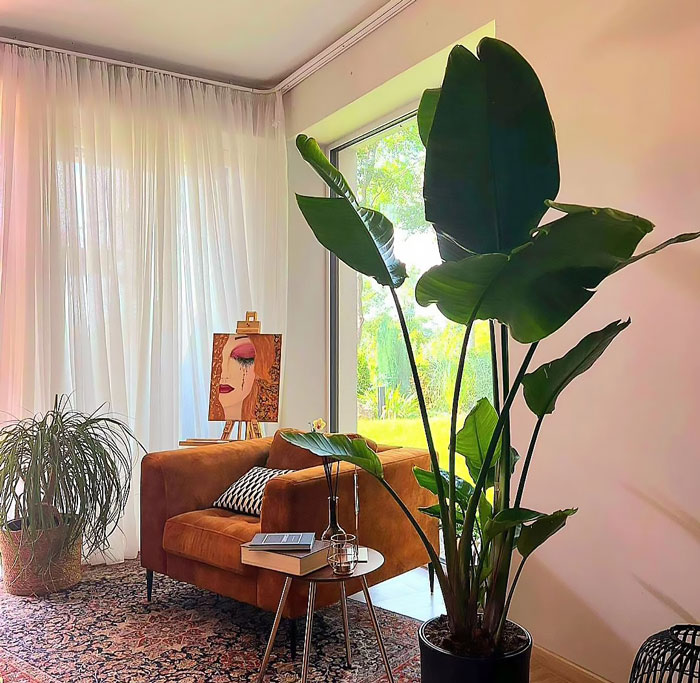 Image credits:
Image credits: 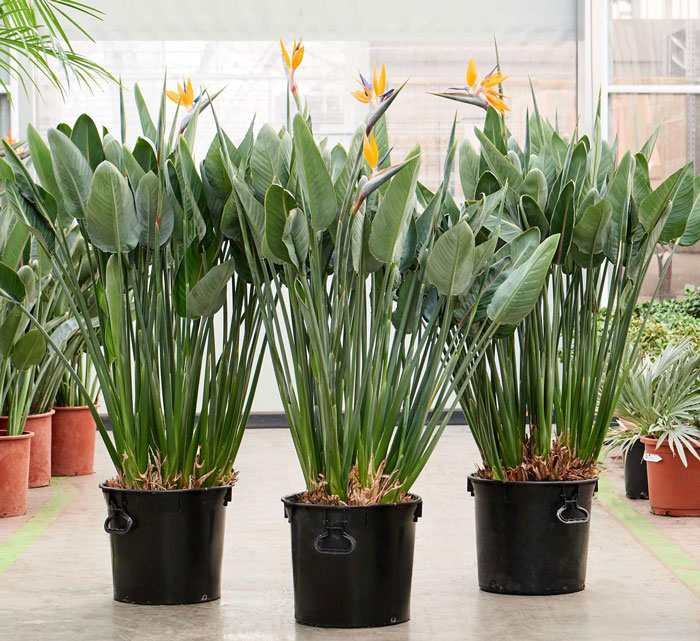 Image credits:
Image credits: 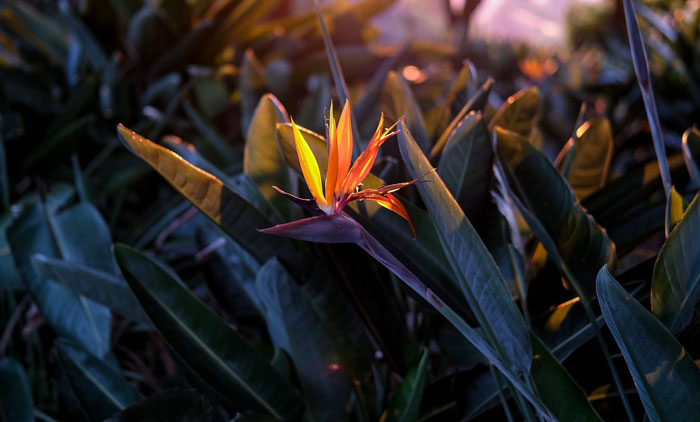
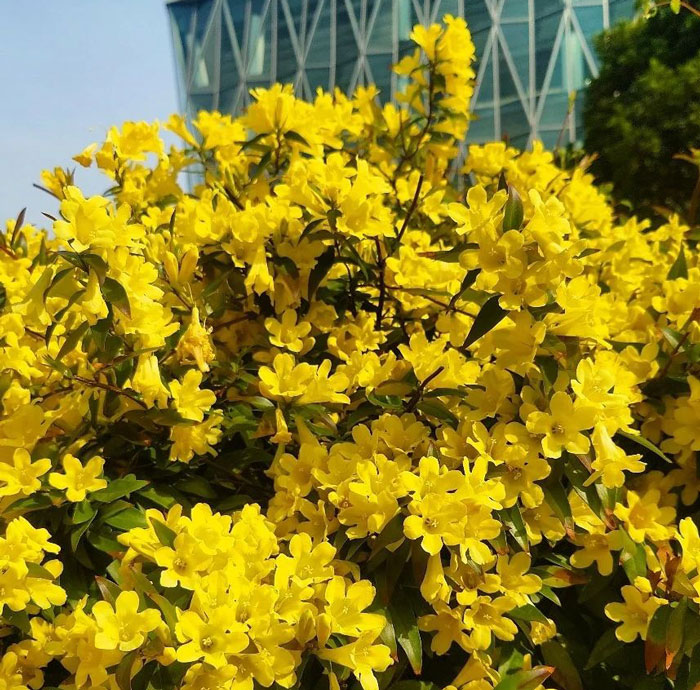 Image credits:
Image credits: 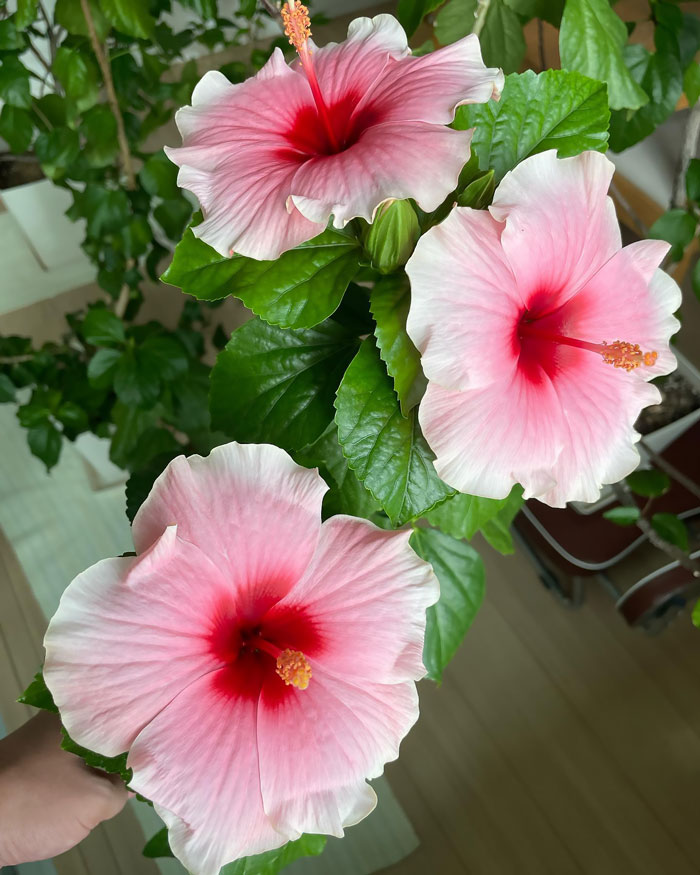 Image credits:
Image credits: 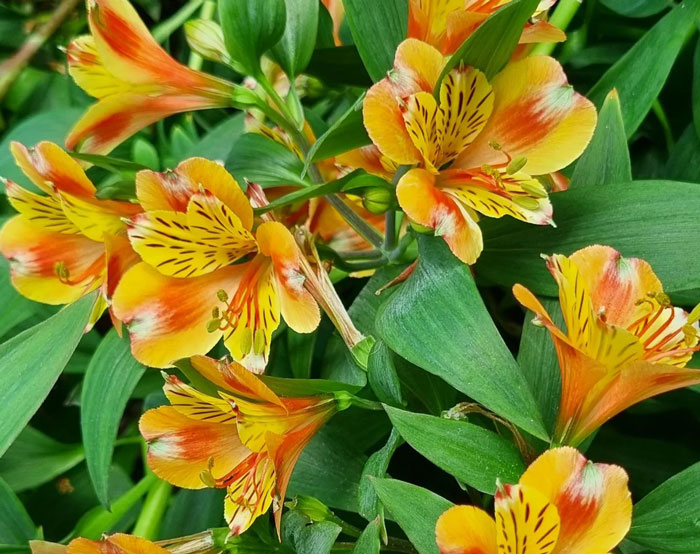
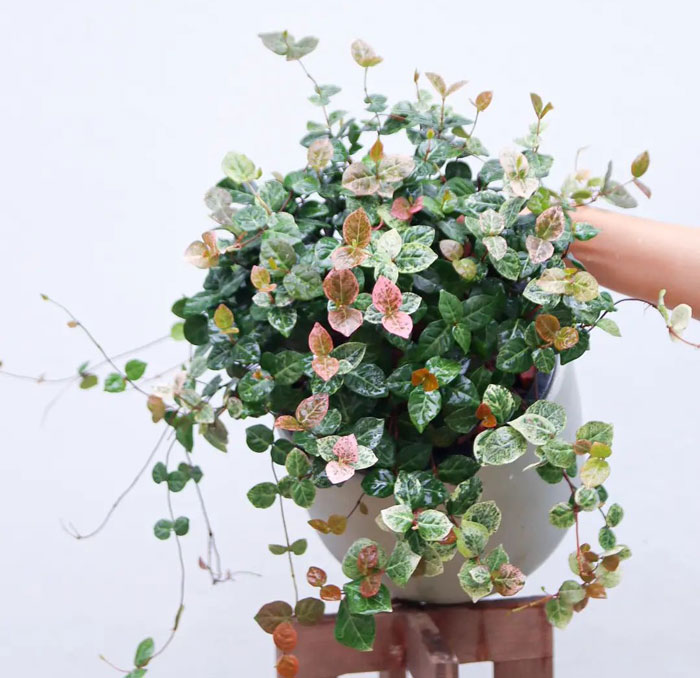 Image credits:
Image credits: 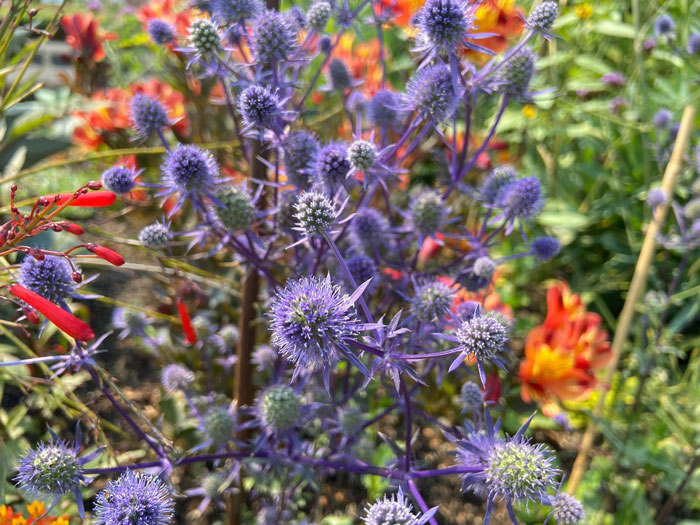
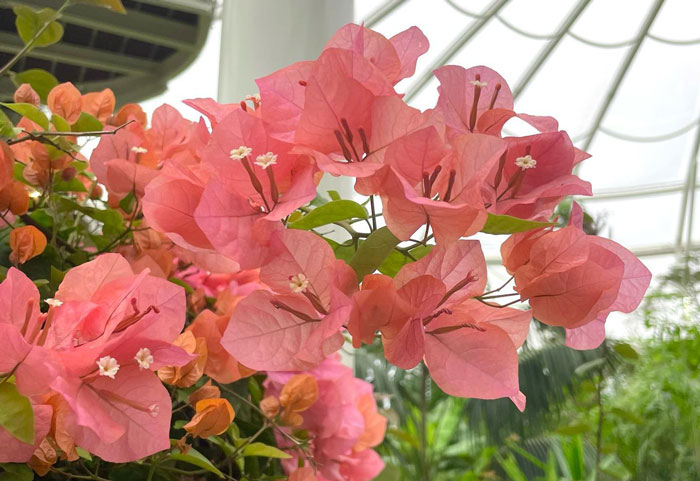 Image credits:
Image credits: 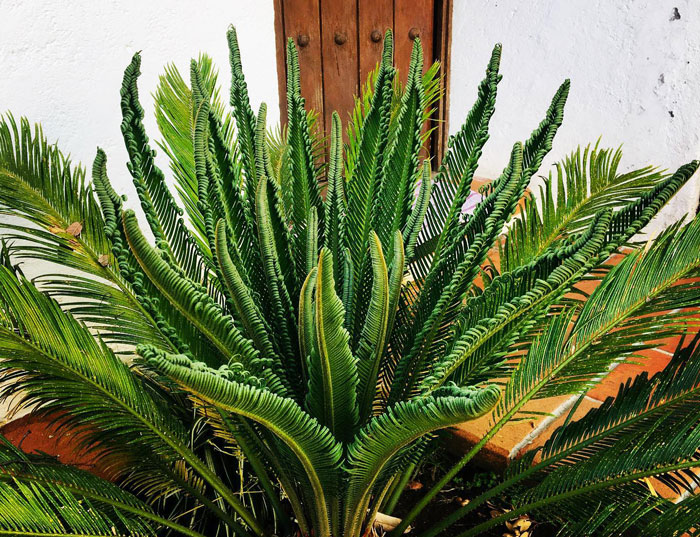 Image credits:
Image credits: 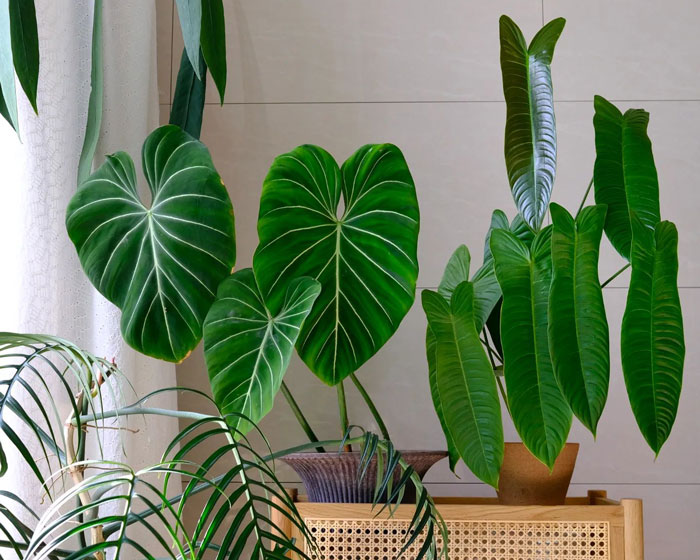
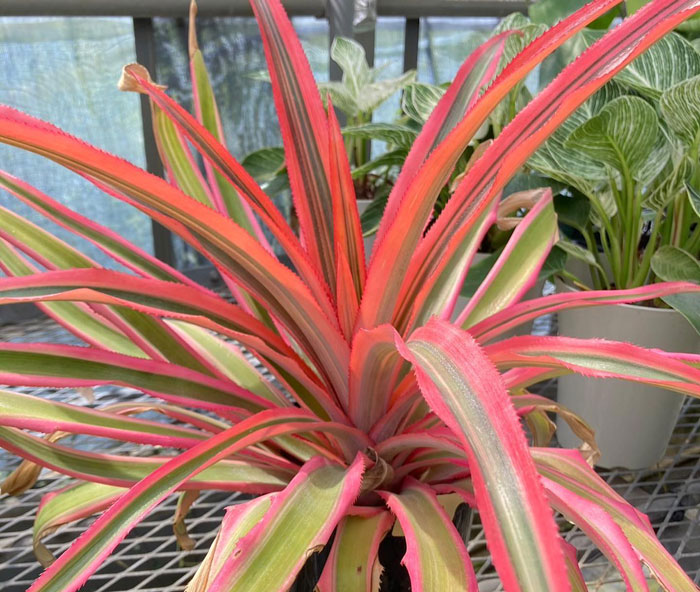















































13
0